The flashing lights of the tow truck made my heart sink. The last few vehicles that had been towed in should have gone straight to the salvage yard, not a repair shop. I was relieved when a clean, newer model Toyota Camry came off the back of the flatbed. This Camry was a 2007 and had the 3.5 L V6 engine installed. Toyota calls this engine a 2GR-FE, and according to their engine coding system the number 2 means it is the second generation of the ‘GR’ engine family. The ‘F’ and ‘E’ indicate the engine is equipped with dual overhead camshafts and electronic fuel injection. This particular 2GR-FE had an exceptionally clean engine bay and had only been driven 37,000 miles.
My first thought was that this Camry probably had a dead battery, so I was surprised when I read ‘Cranking No Start’ at the top of the repair order. The repair order also stated that the owner of the vehicle was driving in town when the engine suddenly shut off and would not restart. My next thought was that this Camry may be out of fuel, but I didn’t want to jump ahead in the diagnostic process.
I tried to start the vehicle, secretly hoping it would fire right up and would not need to be pushed into the shop. No such luck though, the engine cranked and cranked but wouldn’t start. The cranking rhythm was even and strong, but there was a slightly strange sound to it. The engine seemed to be cranking over a little too fast, like the compression may be low. The sound was nowhere near as drastic as an engine with a broken timing belt, but it was noticeable. I made a mental note of the cranking sound and moved on.
With help from a couple fellow technicians, I pushed the Camry into an open service bay to begin testing. I like to start by checking vital signs, much like a nurse measures a patient’s height, weight, blood pressure, temperature, and pulse before addressing the main reason for the doctor’s appointment. This vehicle’s vitals were good. The engine oil was clean and full. The coolant level was right where it should be. The battery terminals were tight and free of any corrosion.
Next, I connected my PicoScope. I took advantage of the crank/no-start to perform a relative compression test. I connected one channel to the positive and negative battery terminals, and the other to an inductive amp clamp, which I placed around the negative battery cable.
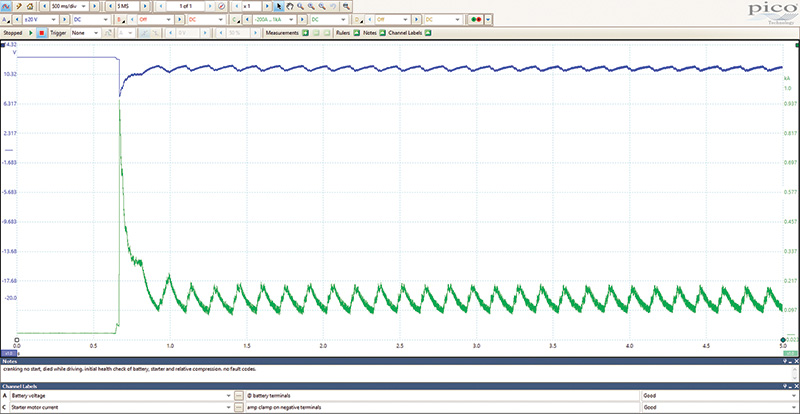
The resulting waveform showed a strong battery (blue trace) and it also dispelled any fears I had about the compression of the engine. The cranking amperage of the starter motor showed consistent peaks and amplitude (green trace). This indicated even compression across the six-cylinder engine. Satisfied with the engine’s compression, I chalked up the odd cranking sound to the cylinders being slightly washed from all the attempted starts.
A full scan of the vehicle showed a clean bill of health. There were no faults stored in any modules and all of the Readiness Monitors were complete. Furthermore, this vehicle was too old to use Mode 0A: Permanent Diagnostic Trouble Codes. The live scan tool data did not shed any light on the vehicle’s condition either. The data PIDs were all normal, showing a RPM reading, correct MAP pressure, and coolant temperature.
Subsequent checks of spark, injection pulse and fuel pressure all came back good. At this point I was a little lost. I had an engine with compression, ignition and fuel that would crank but not start. After a few minutes of reviewing the facts, I decided to circle back to the odd cranking sound.
I performed a relative compression test with the PicoScope again, but this time I added an ignition sync channel. I connected a second scope channel to the ignition control signal (IGT) for cylinder six (red trace).
The results were quite startling. There were only three starter motor current peaks, which represent compression strokes, in between each ignition event for cylinder six. Furthermore the ignition event was not close to a compression peak, as one would expect. Ignition timing should be very close or right at TDC while cranking. There were two possibilities on this vehicle: either the ECM was firing the ignition coils at the wrong time, or there were three missing compression peaks.
An additional scope capture with the ignition feedback signal (IGF – blue trace) proved the latter to be true. The IGF pattern confirmed six ignition events. This engine had three dead cylinders.
I used a mechanical compression gauge to confirm that cylinders 2, 4 and 6 had no compression. My first relative compression test indicated a healthy engine, when in fact there were three cylinders not contributing. Due to the cylinder layout and firing order of this V6 engine the three dead cylinders fell in between the three good cylinders and were effectively hidden from view on the relative compression test waveform. This explained the no start condition and the odd cranking sound too.
The most likely explanation for the three cylinders on Bank 2 having no compression was incorrect camshaft timing. A known-good waveform is very useful for determining the correct relationship between the camshaft sensor and crankshaft sensor signals.
As luck would have it a Sienna van with the same 2GR-FE engine was in the shop for regular maintenance. I used my lunch hour to capture a known good cam/crank waveform from the Sienna. I removed the fuel pump fuse to simulate a cranking no start condition and scoped the crankshaft and camshaft sensors.
PicoScope offers many powerful features that allow captures to be analyzed quickly and easily. By utilizing PicoScope’s multi scope views, reference waveforms, and rotation rulers, I was able to compare my no start Camry waveform with the donor Sienna capture on the same screen. After comparing both cam/crank waveforms, it was clear that the Bank 2 camshafts were way out of alignment on the Camry.
My next question was, “Why would this well maintained, low mileage engine be running perfect one moment and then have two camshafts out of alignment the next moment?†I decided I had enough evidence to warrant an exploratory surgery. I got approval from the owner of the Camry to remove the Bank 2 valve cover. I was glad the issue was with Bank 2 because it’s the front bank and therefore not under the intake plenum.
Once the valve cover was removed, I found a piece of twisted metal below the cams.
At first, I could not tell what this piece of metal was, or where it had come from. It wasn’t until I inspected the inside of the valve cover that I realized what the piece was. The piece of metal was in fact the baffle from the valve cover. There was only a small, jagged piece of the baffle left on one of the rivets.

This baffle is directly below the oil filler cap on the front valve cover. The baffle is designed to deflect oil that is slung by the camshafts, but it also has the unintended consequence of making the process of filling the engine with oil slow and frustrating. Seeing the broken baffle jogged my memory and I suddenly remembered a service bulletin from Toyota about cylinder head cover baffles. The bulletin states that engine damage can occur if the baffle is damaged during the oil fill process, which is clearly what happened to this 2GR-FE engine.
The vehicle’s owner was informed of my findings and he in turn contacted the service center where the Camry’s oil service was recently performed. The vehicle was towed to that facility to repair the engine damage. I was disappointed to not have the opportunity to repair this vehicle, but it was still a great learning experience for me.
This vehicle was a reminder about the pitfalls of jumping to conclusions. The low mileage of the vehicle had me assuming there would not be any major issues with the engine and the relative compression test results confirmed that assumption. Psychologists refer to this as confirmation bias.
This vehicle was also a good reminder about the limitations of testing methods. The relative compression test is a very powerful tool, but without a reference to a crank signal pattern or an ignition event, the results can be misleading. In the end, the owner of the Camry got his vehicle repaired at no charge, and I took away several valuable lessons from this 2GR-FE.


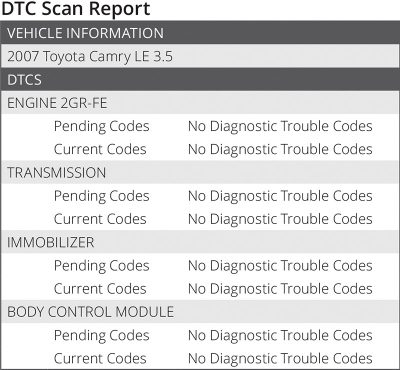


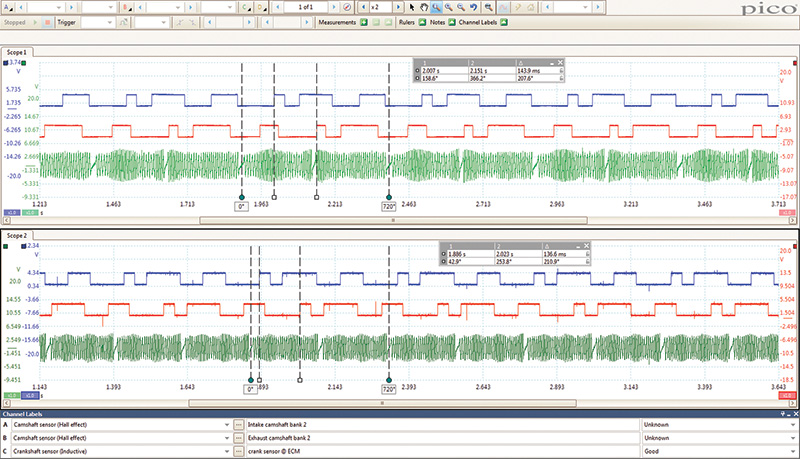
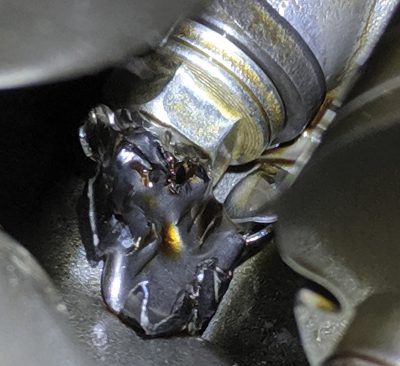

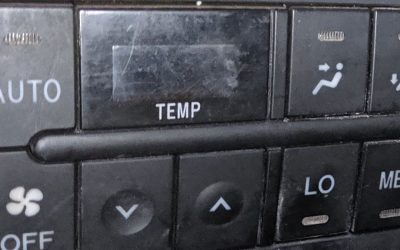
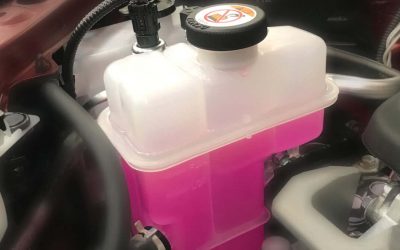
I have a RX350 in my shop setting P0018, and P0019. That baffle is nowhere to be seen until i Tear it apart, but bank 2 is retarded 1 tooth. Dealer tried to sell them all 4 cams, actuators, and solenoids, as well as all the chain components. I doubt they even attempted diagnosis.
Nice ðŸ‘, I remember reading the same bulletin.